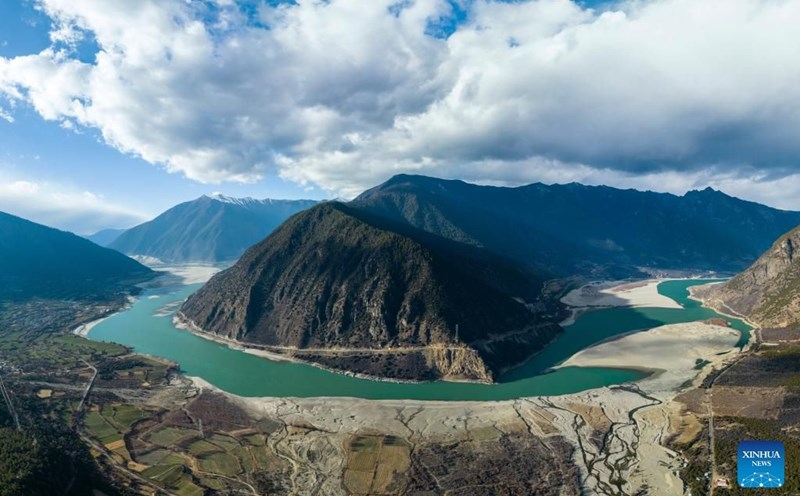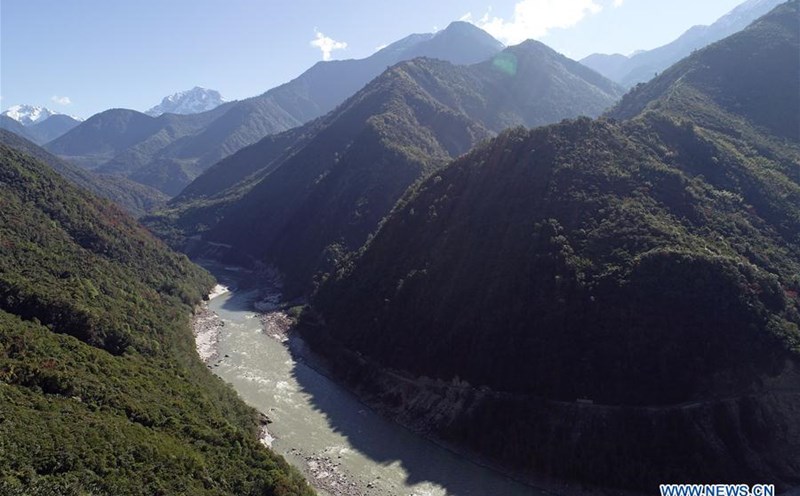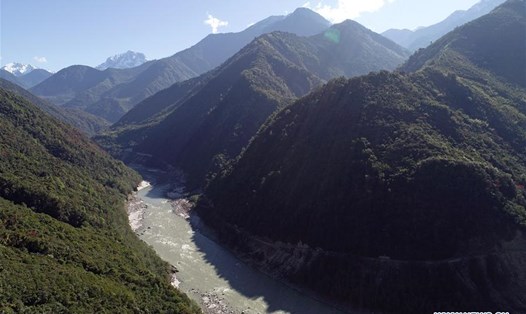China is preparing to install a large turbine at the Datang Zala Hydropower Plant in the Tibet Autonomous Region. The turbine developed by China has a maximum capacity of 500 MW, the largest in the world in the single-capacity unit segment. There will be 2 turbines installed at this plant.
The 50-ton turbine left the factory of Harbin Machinery Company, located in northeastern China, on July 2, after four years of design and testing.
Datang Zala hydropower plant is located on the Yuqu river, a branch of the Nu river. The Nu River flows from southwestern China through Yunnan province to eastern Myanmar and into the Andaman Sea.
Turbine is made from martensitic steel, a stainless steel that is famous for its durability, load-bearing and anti- corrosion. This device has 21 water buckets with an external diameter of up to 6.23m.
The new turbine could improve the power generation efficiency of the plant, where the height difference between the reservoir and turbine water level is up to 671m.
Mr. Tao Hung Minh - Technical Director of Harbin Electrical Machinery Company - said that this breakthrough in technology helps increase power generation efficiency from 91% to 92.6%.
With a 500 MW complex operating 24 hours a day, an increase of 1.6% in efficiency means an increase in electricity output of 190,000 kWh per day, he said.

According to China Datang Group - the factory construction unit, the total installed capacity of Datang Zala hydropower plant will reach 1 million kW, producing nearly 4 billion kWh of electricity per year.
The power generation of the plant is equivalent to burning 1.3 million tons of standard coal per year, helping to reduce 3.4 million tons of CO2 emissions.
According to the April report of the State Asset Supervision and Management Committee of the State Council of China, the Datang Zala hydropower plant is being deployed on schedule to operate as planned.
When the main part of the plant began construction in 2023, Tan Hoa commune reported that Datang Zala hydropower plant is expected to be operational in 2028.
Since 2020, China has stepped up efforts to build hydroelectric dams, aiming to achieve carbon neutrality by 2060.
According to the International Hydropower Association (IHA), China continued to lead the world in hydropower development last year, accounting for the majority of newly added capacity in Asia thanks to strong investment in energy storage solutions.
With more than 200GW of pumped-storage hydropower under construction or approved, China is currently on track to exceed the 120GW target by 2030 and could reach 130GW by the end of the decade, the IHA said in a report released last month.
A pumped-storage hydropower plant is an energy storage system by pumping water between two reservoirs at different altitudes. When there is excess electricity, water is pumped into higher reservoirs; when demand increases, water is discharged down to generate electricity.











